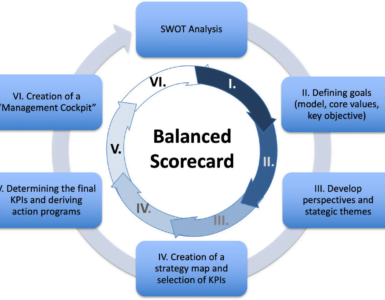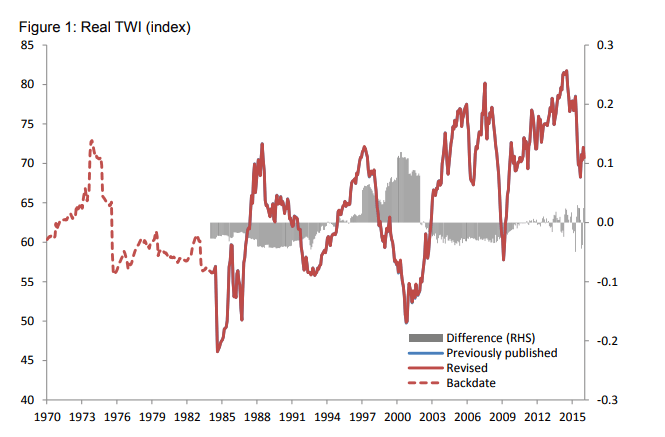
Seeing across all aspects of a contingent workforce and incorporating full-time employee data — known as total talent management — is critical to better resource planning and making smarter, more strategic decisions to drive cost savings and program efficiency. Organizations can enhance their sourcing efforts by embracing business intelligence-based tools to find the right talent at the right time.
Understanding Supply And Demand
By applying business intelligence (BI) tools to the massive amounts of workforce data organizations generate, deeper insights can be achieved for making better decisions. BI tools provide users with data sets displayed in actionable visualizations, including modules that illuminate information that’s important to sourcing like supply and demand opportunities.
For example, businesses can apply BI tools to enable clients to view an immediate snapshot of their contingent workforce across the world. A global map could visually show worker distribution, while charts break down the contingent workforce across employee categories.
Ideally, worker location, position and rate information could then be layered with additional data points, such as assignment time, worker performance metrics, reasons for departure and historical/seasonal employment trends that are affecting job demand, to offer new perspectives. This BI-based analytics then become predictive rather than merely descriptive, providing sourcing recommendations for the months ahead instead of a snapshot of the present.
Leveraging Your Existing Talent
Resource planning is not just about finding new talent. For example, organizations may have high-quality workers in their contingent workforce who have untapped capacity or skill sets. Through powerful BI tools, organizations can layer end-of-assignment data with talent quality metrics to reveal top-tier workers that would be ideal candidates for redeployment. By tapping your existing talent pool to fill open positions, you could eliminate sourcing and onboarding time for increased efficiency and sourcing effectiveness.
Furthermore, with new artificial intelligence (AI) tools, hiring managers can leverage these analytics right in the requisition workflow. For example, digital assistants are evolving to provide real-time, actionable intelligence that provides value well beyond the pop-up help tips of the past. These digital assistants can tap into machine learning to surface sourcing insights as managers are creating worker requests so they can use this data to inform smarter hiring decisions.
Let’s say you’re a manager creating a requisition. As you add details, the digital assistant works in the background, looking at millions of data points. If you have existing workers coming off assignment who would be a good fit, the digital assistant will alert you to this cost-saving information right within the requisition workflow.
Building Your Talent Network
With talent at a premium, savvy organizations are always looking for ways to retain high-level workers. But what happens when a worker’s assignment is coming to an end and there aren’t positions immediately available? In this scenario, the organization could invite the worker to become part of its private talent network, thus building out its talent pool from which it could source future openings.
For workers who opt in, the benefit is that they’ll receive relevant contingent job opportunities when they arise. It’s a powerful way for companies to leverage their strong brand names to attract and retain talent.
Releasing And Resourcing
Beyond redeploying workers and building your talent network, understanding what workers should be considered for release can be equally as important to a strategic sourcing process. As workers approach their assignment end, BI tools can illuminate factors such as performance, market shifts and resource costs that might impact whether they retain or release workers.
With new technologies creating exciting ways to connect workers with businesses, the gig economy continues to rapidly evolve, changing the traditional ways of full-time work with steady contingent workforce growth. This increased competition and demand for a shrinking talent pool are making future resource planning more important than ever.
[“source-“forbes”]

























































